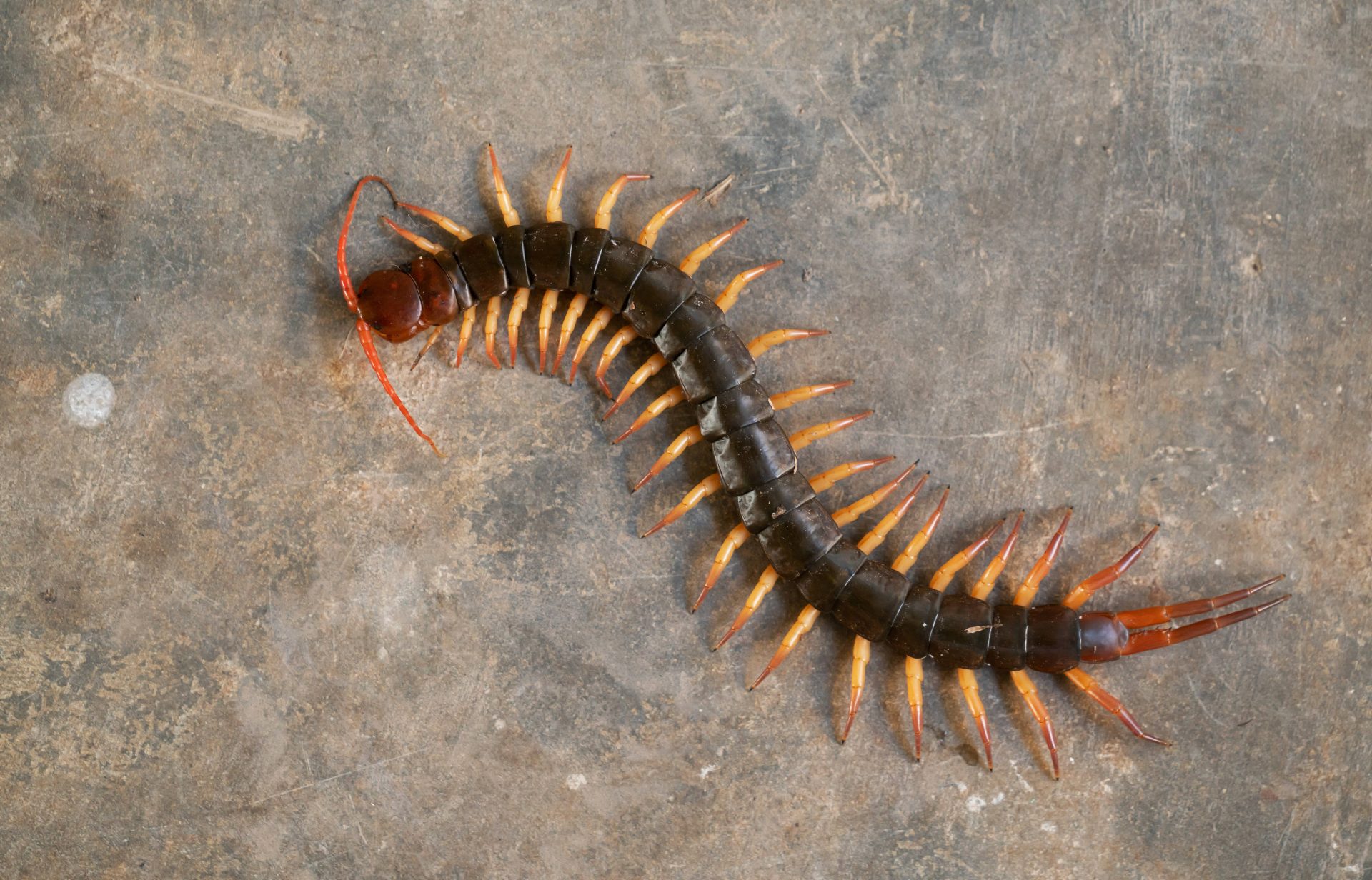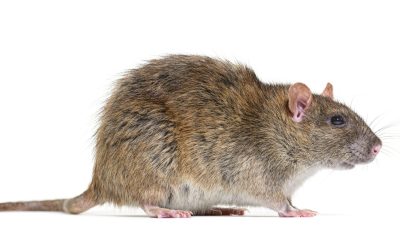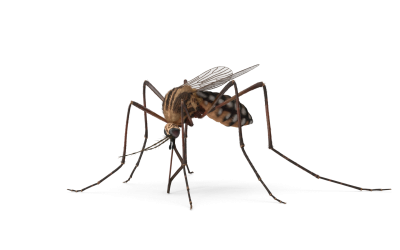It can be creepy to find centipedes lurking around your home when you are not expecting them. They also tend to bite if they sense harm and centipede bites can be painful. Centipedes multiply very easily too. Once they find a haven on your property, they settle in and start reproducing. These arthropods lay at least a dozen eggs at a time, eventually leading to a centipede infestation. The Florida blue centipede is a species that’s one of the most common centipedes in Florida and particularly disturbing for Florida homeowners. Their primary abode is your lawn and if not eliminated, they can find their way into your house.
What is the Florida blue centipede?
The Florida blue centipede is also known as Hemiscolopendra marginata. It is a species of centipede found in Florida. Other centipedes you may encounter include house centipedes and bark centipedes. Florida blue centipedes are lawn pests that can become an issue for Florida homeowners.
Where do Florida blue centipedes come from?
Florida blue centipedes find their way inside your house through tiny cracks and crevices. They love dark, damp spaces and live outside. When it rains, they can get flooded into your house while trying to find higher grounds. They prey on smaller insects and other pests and would be happy to stay if there’s a source of food. If you have damp decaying plant material on your property, it can offer a place for centipedes to survive. If your sprinkler system keeps your lawn damp all the time, this can also be an invitation for Florida blue centipedes.
How can you identify Florida blue centipedes?
The Florida blue centipede as its name suggests is bluish-gray in color. They grow to be about three inches in length, and have a pair of antennae and pincher-like fangs.
Is the Florida blue centipede poisonous?
The fangs of the Florida blue centipede contain poison ducts. They release their poison on prey and their bite resembles a bee sting. The Florida blue centipede can be aggressive if they feel threatened, so you will want to watch out for them.
How to know if you have a Florida blue centipede infestation
Like other centipedes such as House centipedes, Florida blue centipedes tend to come out at night. Unless you directly encounter them, you may not know that you have a problem. It is not a destructive pest as they do not cause damage like other pests. Although they can bite your pets, it’s more likely that your pet has fleas. Check the damp areas of your house like your bathrooms, basements and lawn to see if you find a centipede. If you notice one Florida blue centipede, it’s likely a lot more are nearby but so are other pests that are sources of food for the Florida blue centipede.
How to get rid of Florida blue centipede
Florida blue centipedes can be a nuisance. They are unsightly creepy crawlers and can bite. Also, once they begin to breed, it can be hard to stop them. Florida blue centipedes thrive in your lawn and finding them can be difficult. You would require professional pest control services to find these centipedes and eliminate them from your property. At Shoreline Environmental Pest Solutions we provide removal services for Florida blue centipede and have all the specialized equipment to do so. If you suspect that you may have centipedes on your property, contact us to help you determine which centipede it is and exterminate them. We would also help you keep your lawn in good shape to stop it from becoming a breeding ground for the Florida blue centipede. Book a consultation with us right now and our team will arrive at your property for a pest inspection exercise.





0 Comments